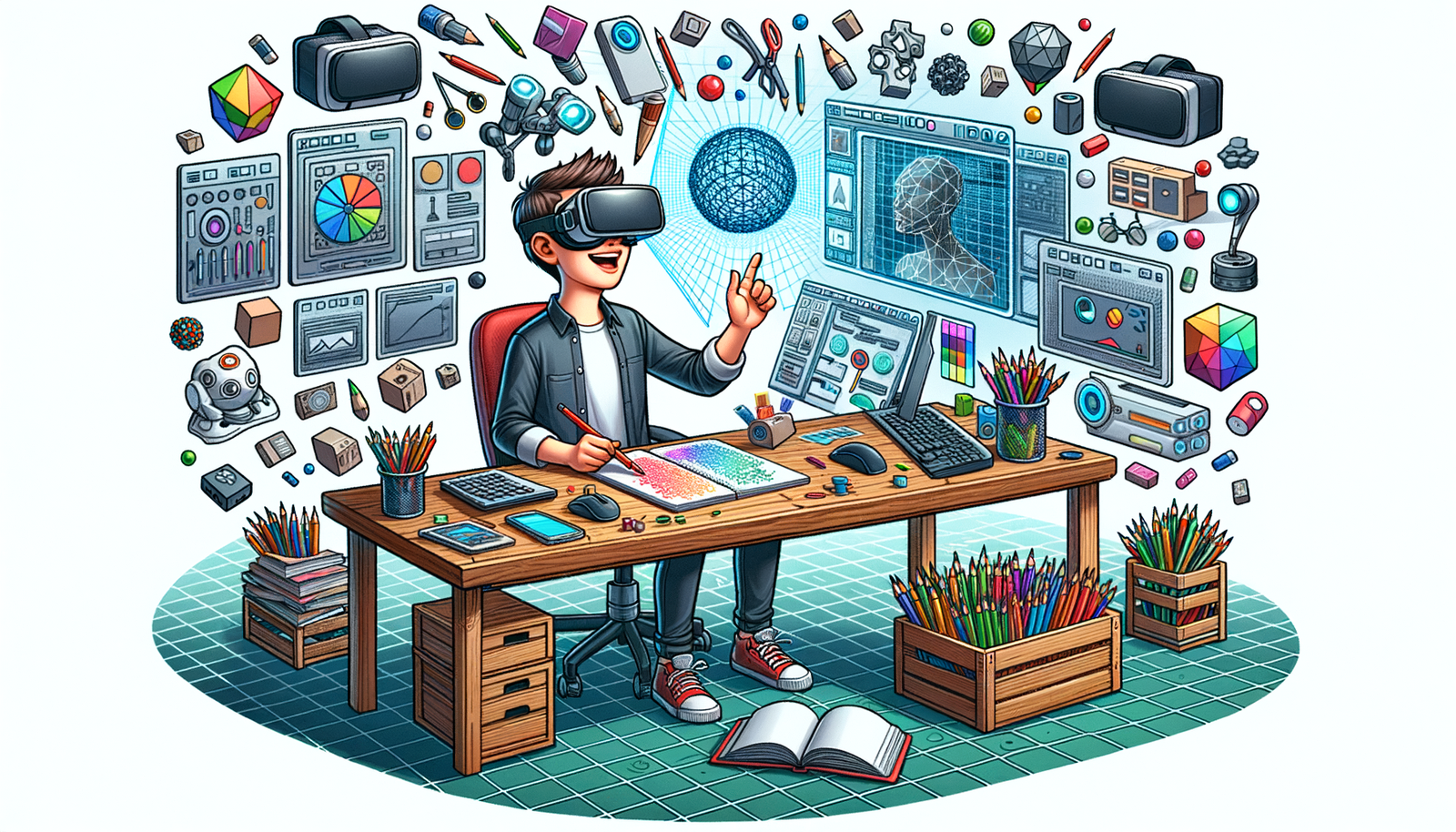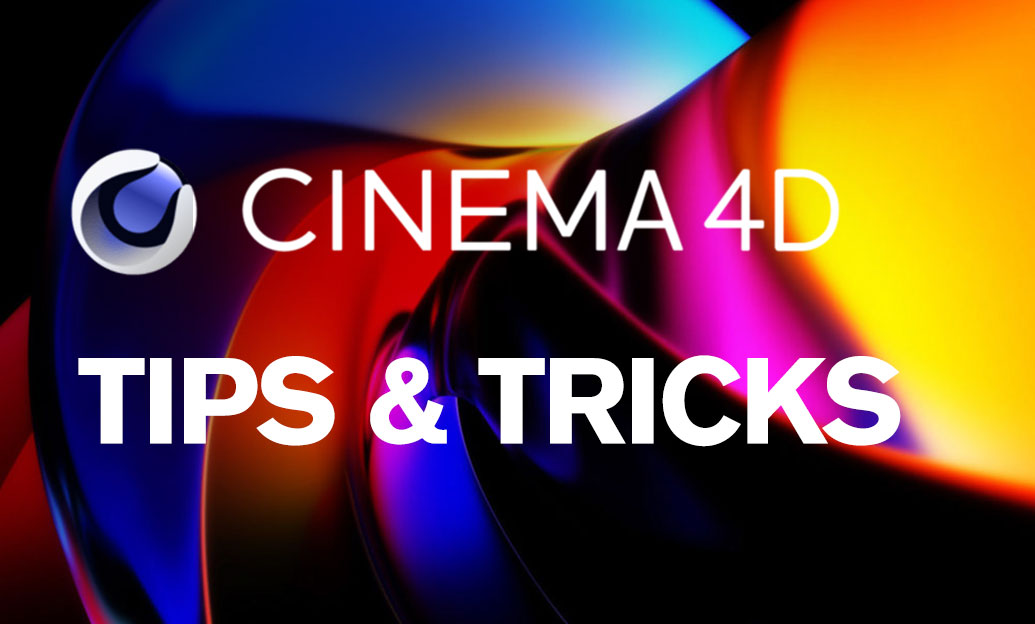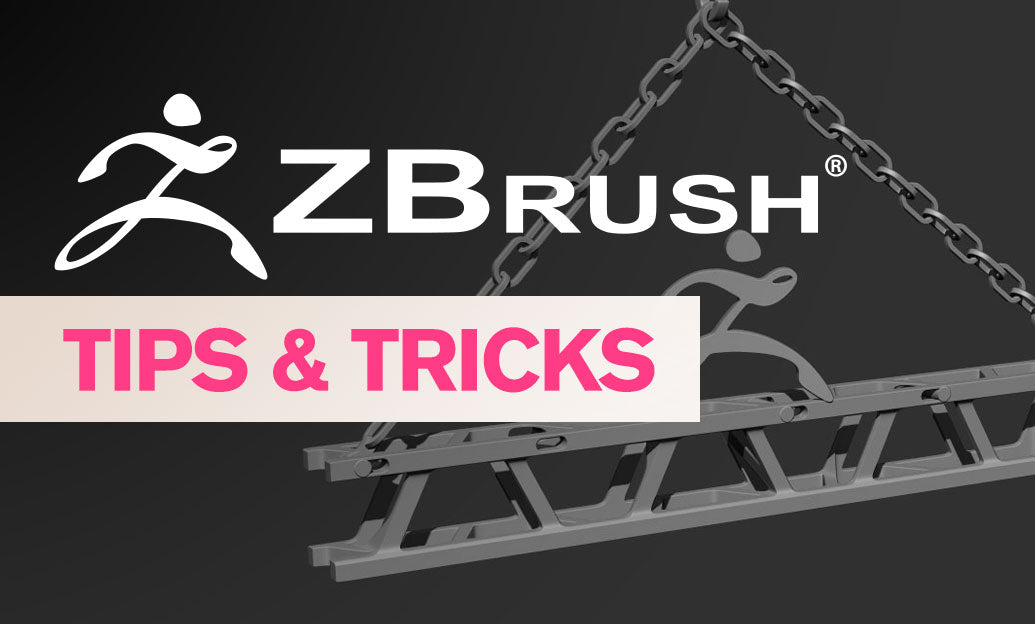Your Cart is Empty
Customer Testimonials
-
"Great customer service. The folks at Novedge were super helpful in navigating a somewhat complicated order including software upgrades and serial numbers in various stages of inactivity. They were friendly and helpful throughout the process.."
Ruben Ruckmark
"Quick & very helpful. We have been using Novedge for years and are very happy with their quick service when we need to make a purchase and excellent support resolving any issues."
Will Woodson
"Scott is the best. He reminds me about subscriptions dates, guides me in the correct direction for updates. He always responds promptly to me. He is literally the reason I continue to work with Novedge and will do so in the future."
Edward Mchugh
"Calvin Lok is “the man”. After my purchase of Sketchup 2021, he called me and provided step-by-step instructions to ease me through difficulties I was having with the setup of my new software."
Mike Borzage
Exploring Cross-Reality Design: Bridging Physical and Digital Worlds in Modern Workflows
April 13, 2025 6 min read


Understanding Cross-Reality Design
Definition and Scope
Cross-Reality (XR) design is an emerging field that integrates the physical and digital worlds to create immersive experiences. It encompasses technologies such as Augmented Reality (AR), Virtual Reality (VR), and Mixed Reality (MR). Unlike traditional design methodologies that rely on 2D representations and physical prototypes, XR allows designers to visualize and interact with models in a multidimensional space. This holistic approach not only enhances the design process but also opens up new possibilities for innovation. By bridging the gap between imagination and reality, XR design provides a platform where ideas can be explored more thoroughly and intuitively. It shifts the focus from static visuals to dynamic environments, enabling a more comprehensive understanding of the design intent.
Components of XR
At the core of Cross-Reality design are three primary components: Augmented Reality, Virtual Reality, and Mixed Reality. Augmented Reality (AR) overlays digital information onto the physical world, enhancing the user's perception without completely replacing their environment. This can include displaying data, images, or interactive elements that align with real-world objects. Virtual Reality (VR), on the other hand, immerses the user in a fully digital environment, blocking out the physical world entirely. It creates a simulated experience where users can interact with virtual objects and scenarios. Mixed Reality (MR) combines elements of both AR and VR, allowing digital and physical objects to coexist and interact in real time. MR enables users to manipulate digital content as if it were part of their physical surroundings, providing a more integrated and interactive experience.
Importance in Modern Design Workflows
The integration of XR technologies into modern design workflows is revolutionizing how designers conceptualize and develop their projects. By leveraging XR, designers can achieve enhanced visualization and prototyping capabilities, allowing them to experience their designs in ways that were not possible before. This immersion leads to a deeper understanding of spatial relationships, scale, and functionality. Moreover, XR facilitates more immersive and interactive design processes, enabling real-time adjustments and iterations. This not only accelerates the development cycle but also improves the overall quality of the design. The ability to visualize and interact with designs in a virtual space reduces the reliance on physical prototypes, saving time and resources. Additionally, XR technologies promote better collaboration among team members, stakeholders, and clients by providing a shared platform for reviewing and discussing designs.
Integrating AR and VR into Traditional Design Workflows
Seamless Integration Strategies
Incorporating AR and VR into traditional design workflows requires a strategic approach to ensure a seamless transition. One effective strategy is to integrate AR and VR tools alongside existing design software such as CAD and BIM systems. This allows designers to leverage the capabilities of XR without abandoning the familiar tools they rely on. Establishing workflows that enable fluid transitions between traditional and XR environments is crucial. This can involve creating interoperable file formats, utilizing plugins, or adopting software platforms that support both traditional and XR functionalities. By doing so, designers can move effortlessly between 2D drafting, 3D modeling, and immersive visualization, enhancing efficiency and productivity. Key steps for integration include:
- Assessing the compatibility of current software with XR tools.
- Training team members on XR technologies and workflows.
- Developing protocols for data management and collaboration across platforms.
Essential Tools and Software
To effectively integrate AR and VR into design workflows, it's essential to utilize the right tools and software. Popular AR/VR design platforms include Unity and Unreal Engine, which offer robust environments for creating immersive experiences. For designers using Building Information Modeling (BIM), software like Autodesk Revit with XR plugins can bridge the gap between traditional modeling and virtual visualization. Hardware requirements are also a critical consideration. Effective XR integration often requires VR headsets such as the Oculus Rift, HTC Vive, or AR-enabled devices like Microsoft's HoloLens. Investing in high-performance computing equipment ensures that the XR applications run smoothly and provide the best user experience. Key tools and hardware to consider are:
- XR-compatible design software and plugins.
- High-performance workstations with powerful GPUs.
- VR headsets and AR devices for testing and presentations.
Benefits and Challenges of Cross-Reality Design
Advantages
Cross-Reality design offers numerous advantages that can significantly enhance the design process. One of the primary benefits is enhanced visualization. By experiencing designs in a fully immersive 3D space, designers and stakeholders can gain a deeper understanding of spatial relationships, aesthetics, and functionality. This level of immersion can uncover insights that might be overlooked in traditional 2D or 3D representations. Another advantage is improved collaboration. XR technologies facilitate remote teamwork by allowing multiple users to interact within the same virtual environment simultaneously, providing real-time feedback and fostering better communication. Additionally, XR can lead to increased efficiency by streamlining the design process. The ability to rapidly prototype and test designs virtually reduces the need for physical models, saving time and resources.
Challenges
Despite its benefits, Cross-Reality design also presents several challenges. Technical limitations can hinder the effective implementation of XR technologies. Issues related to hardware capabilities, such as limited processing power or inadequate graphics performance, can affect the quality and responsiveness of XR applications. Software compatibility is another concern, as integrating new XR tools with existing systems may require significant adjustments. There's also a significant learning curve associated with XR technologies. Designers may need to acquire new skills and adapt to unfamiliar tools, which can be time-consuming and may temporarily reduce productivity. Finally, cost considerations play a crucial role. Investing in XR hardware and software can be expensive, particularly for smaller organizations. Balancing the potential benefits against the initial costs is essential when considering XR integration.
Future Trends in Cross-Reality Design
Emerging Technologies
The future of Cross-Reality design is being shaped by rapidly advancing technologies. One significant trend is the development of XR hardware. Newer VR headsets are becoming lighter, more affordable, and offer higher resolutions, enhancing user comfort and visual fidelity. Similarly, AR devices are evolving to provide more seamless integration with everyday tasks. On the software front, developers are creating more intuitive XR design platforms with enhanced features that simplify the creation of immersive experiences. Machine learning and artificial intelligence are being integrated to provide smarter tools that can predict designer needs and automate routine tasks. These advancements are lowering the barriers to entry for XR technologies and making them more accessible to a broader range of designers and organizations.
Impact on Various Design Fields
Cross-Reality design is poised to have a profound impact across multiple design disciplines. In architecture, XR enables virtual walkthroughs of buildings, allowing for real-time modifications and a better understanding of spatial dynamics before construction begins. This can lead to more efficient designs and improved client satisfaction. In product design, interactive prototyping within virtual environments allows designers to test functionality and ergonomics without the need for physical models, accelerating the development cycle. Engineering fields can benefit from simulating complex systems and workflows in immersive settings, providing insights into performance and potential issues that might not be apparent through traditional analysis. These applications demonstrate the versatility of XR technologies and their potential to revolutionize design practices.
Predictions for Cross-Reality Integration
As technology continues to advance, it's anticipated that XR will become a standard component in design workflows. Increased adoption is likely due to the growing recognition of XR's benefits in enhancing creativity and efficiency. The development of more user-friendly XR tools will reduce the learning curve, encouraging more designers to embrace these technologies. Additionally, there will likely be enhanced interoperability between different XR platforms and traditional design tools, simplifying integration and collaboration. Standards and protocols may emerge to facilitate smoother data exchange and workflow management. These trends suggest that the boundaries between physical and digital design spaces will continue to blur, leading to innovative approaches and solutions in the design industry.
Conclusion
Cross-Reality Design represents a transformative shift in how designers approach their workflows, offering unparalleled visualization and collaboration opportunities. By effectively bridging AR, VR, and traditional design processes, organizations can enhance creativity, improve efficiency, and stay ahead in an increasingly competitive landscape. As technology continues to evolve, the integration of XR into design workflows will likely become even more seamless, unlocking new potentials and redefining the boundaries of what’s possible in design.
Also in Design News

Cinema 4D Tip: Optimizing Mesh Integrity with the Cinema 4D Mesh Checker Tool
September 20, 2025 2 min read
Read More
Bluebeam Tip: Optimize PDF Navigation and Management Using the Thumbnails Panel in Bluebeam Revu
September 20, 2025 2 min read
Read More
ZBrush Tip: Mastering Curve Tube Snap for Efficient ZBrush Tubular Modeling
September 20, 2025 1 min read
Read MoreSubscribe
Sign up to get the latest on sales, new releases and more …


